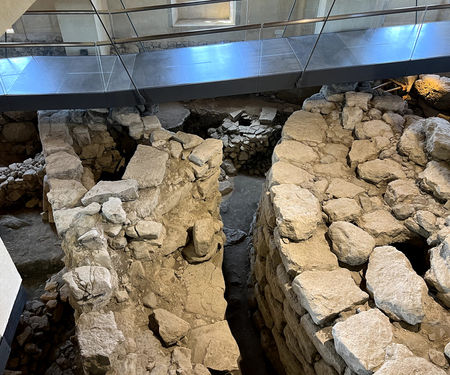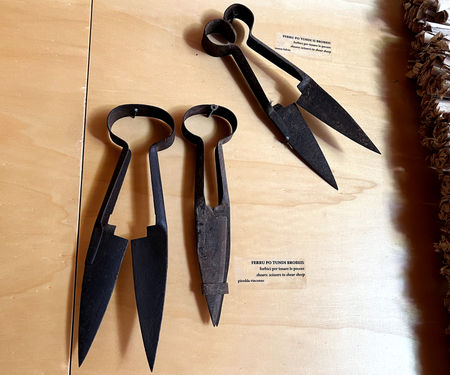Polo Museale Casa Zapata (Casa Zapata Museum)

The museum structure, made up of three exhibition sections, is housed in what was once the residence of the Zapata family from Aragon, who acquired the fiefdom of Las Plassas, Barumini and Villanovafranca in 1541.
The noble residence, located in a dominant position on the feudal lands, is among the non-urban testimonies of the Sardinian sixteenth-seventeenth century, a rare example of civil architecture of Hispanic tradition influenced by Renaissance modules.
The most valuable part of the building is undoubtedly the facade, with the beautiful raised portal in the center in whose central tympanum there is the heraldic coat of arms of the family, consisting of a shield with three shoes and flanked by windows with columns and capitals with vegetal motifs.
The archaeological section is set up in the palace, which houses a selection of finds from the excavations of the nuraghe Su Nuraxi and the monumental remains of the three-lobed nuraghe dating back to the 16th century BC, called Nuraxi 'e Cresia. A long walkway suspended on steel rods and glass floors allow visitors to admire the archaeological scenery below.
The historical section with its important archival funds and documents about the fiefdom and the Zapata family constitutes the fundamental premise for visiting the palace, while the exhibition dedicated to the musical instrument of the launeddas and the utensils displayed in the ethnographic section show a page on the world of traditions and the agro-pastoral knowledge of the territory.











































